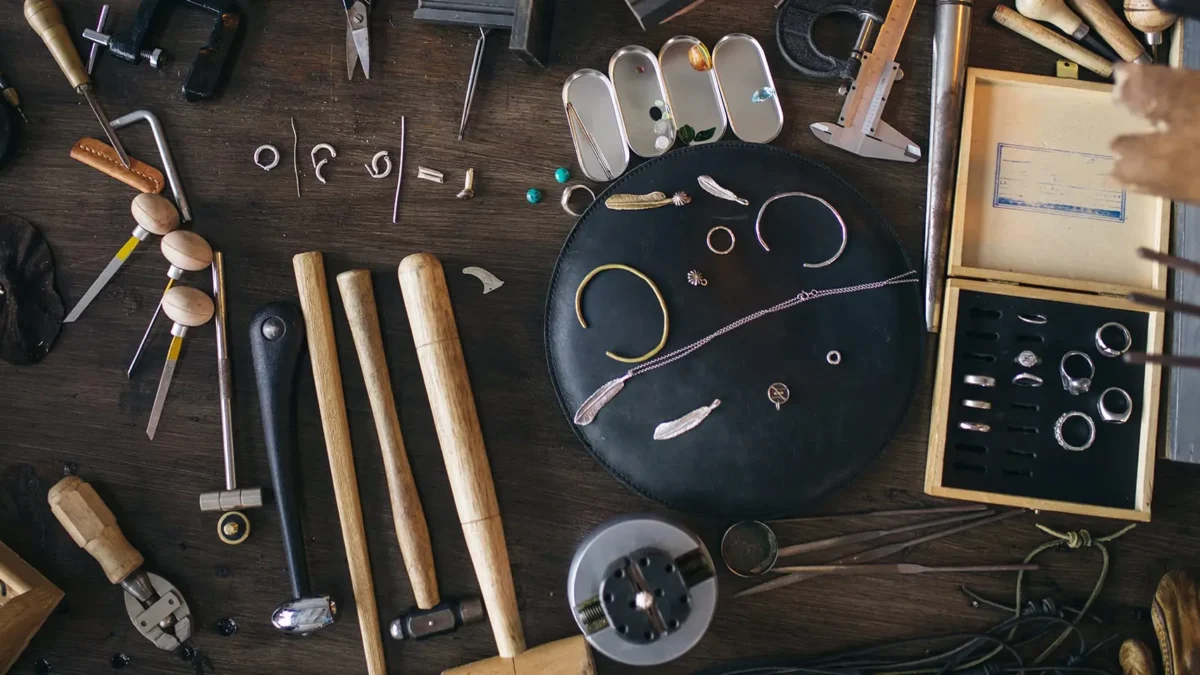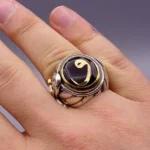
The Evolution of Men’s Jewelry in Iran: From Ancient Times to the Present
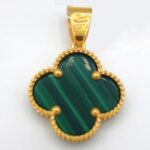
The Role of Jewelry in Persian New Year (Nowruz) Celebrations
Artisan Communities Behind Iranian Jewelry: Preserving Traditional Craftsmanship Through Generations
The world of Iranian jewelry is rich not only in its intricate designs and ancient symbolism but also in the artisans who craft these beautiful pieces. Artisan communities across Iran play a vital role in preserving traditional jewelry-making techniques and passing down their skills from generation to generation. These craftsmen and craftswomen, often based in historic cities such as Isfahan, Tabriz, Shiraz, and Yazd, keep alive the centuries-old traditions of goldsmithing, filigree work, enamel (Minakari), and stone setting.
In this post, we will explore the stories of these artisan communities, their commitment to preserving traditional techniques, and how they have become the backbone of Iranian jewelry-making.
1. Isfahan: The Heart of Persian Enamel Work (Minakari)
Isfahan, a city renowned for its breathtaking architecture, is also the center of Minakari, the traditional Persian art of enamel work. The artisans in Isfahan are known for their meticulous attention to detail, creating intricate Minakari jewelry that features vivid colors and ornate designs. The art of Minakari involves applying layers of colorful enamel to metal surfaces, and it has been practiced in Isfahan for centuries.
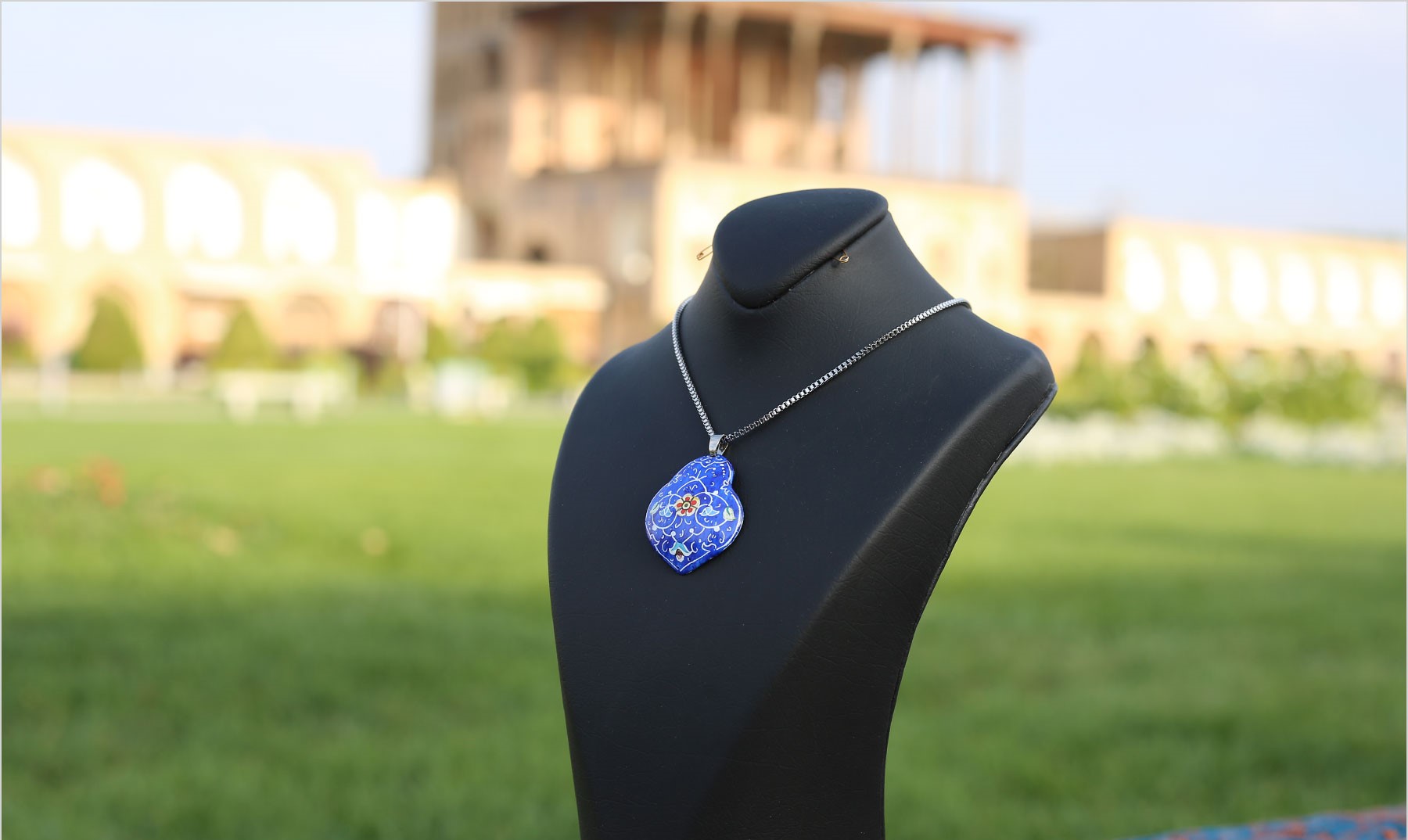
Isfahan jewel enamel
The Minakari Artisans of Isfahan
The art of Minakari is often passed down within families, with many artisans learning the craft from their parents or grandparents. These master enamelers work in small workshops, often located in the historic bazaar of Isfahan, where they create jewelry that reflects the city’s rich artistic heritage.
- Generational Craftsmanship: Families of Minakari artists have preserved this delicate craft through generations, ensuring that the traditional techniques and styles remain intact. Master artisans in Isfahan are known for their ability to apply vibrant turquoise, red, and green enamels in detailed floral and geometric patterns on jewelry pieces such as pendants, earrings, and bracelets.
- A Living Tradition: These artisans continue to create both traditional pieces inspired by Persian tilework and modern designs that appeal to contemporary tastes. Despite the changing demands of global fashion, the essence of Persian Minakari remains at the heart of their work.
Cultural Significance
For the artisans of Isfahan, Minakari is not just a craft—it is a way of preserving the city’s cultural identity. By passing on their knowledge to younger generations, they ensure that the artistry of Persian enamel work continues to flourish, both in Iran and abroad.
2. Tabriz: Masters of Filigree and Stone Setting
Tabriz, located in northwestern Iran, is famous for its filigree jewelry, which involves twisting fine strands of gold or silver into delicate patterns. Filigree work is one of the oldest jewelry-making techniques in Iran, and the artisans of Tabriz have perfected this intricate craft over centuries. Tabriz is also known for its expertise in stone setting, with artisans skillfully embedding precious gemstones like turquoise, agate, and lapis lazuli into their creations.
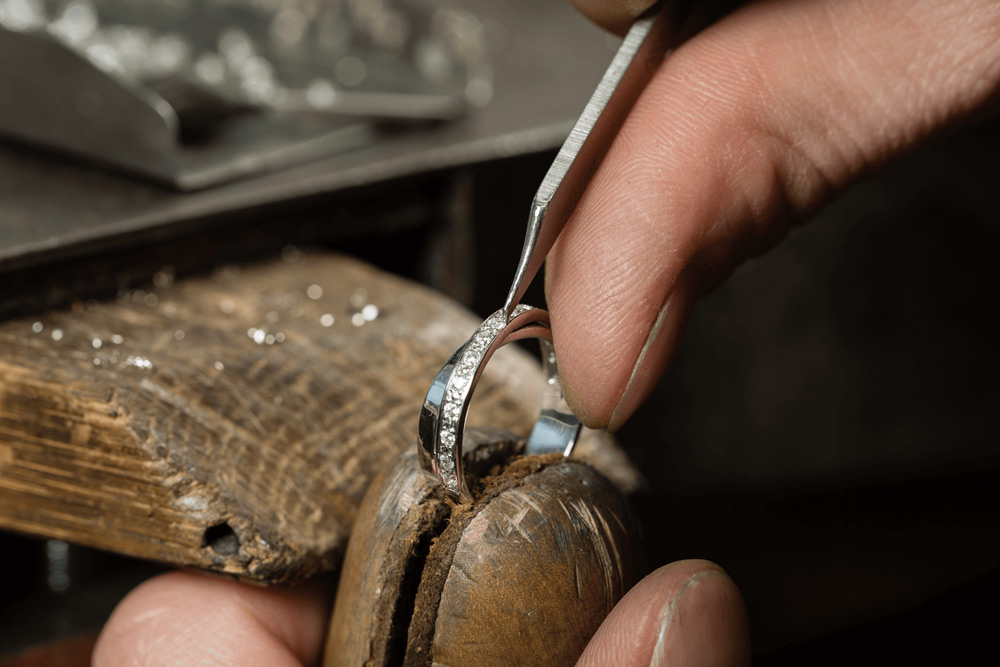
Tabriz Stone Setting
The Filigree Artisans of Tabriz
Filigree jewelry in Tabriz is typically handcrafted in small workshops, where artisans use time-honored techniques to create stunning, lace-like designs. These pieces are admired for their delicate, detailed patterns and the skill required to create them.
- Traditional Workshops: Many of the filigree workshops in Tabriz have been in operation for generations, with families passing down their knowledge and expertise. The artisans use fine gold and silver wires to create intricate designs, which are often used in necklaces, rings, and bracelets.
- Stone Setting Mastery: Tabriz is also known for its stone setting techniques, where artisans embed semi-precious stones into jewelry with precision. Turquoise from Neyshabur is one of the most popular stones used in Tabriz jewelry, prized for its vibrant blue color and protective properties.
The Role of the Bazaar
The Grand Bazaar of Tabriz, one of the largest and oldest covered bazaars in the world, has historically been a hub for filigree and stone-setting artisans. Here, the tradition of Persian jewelry thrives, with local craftsmen selling their handmade creations to both locals and tourists.
3. Shiraz: Crafting Jewelry Inspired by Poetry and Art
Shiraz, known as the city of poetry and art, is home to a rich tradition of jewelry making that draws inspiration from the works of Hafez, Saadi, and the city’s famed gardens. The artisans of Shiraz are particularly skilled in engraving and creating pieces that incorporate Persian calligraphy, often inscribing lines of poetry onto rings, pendants, and bracelets.
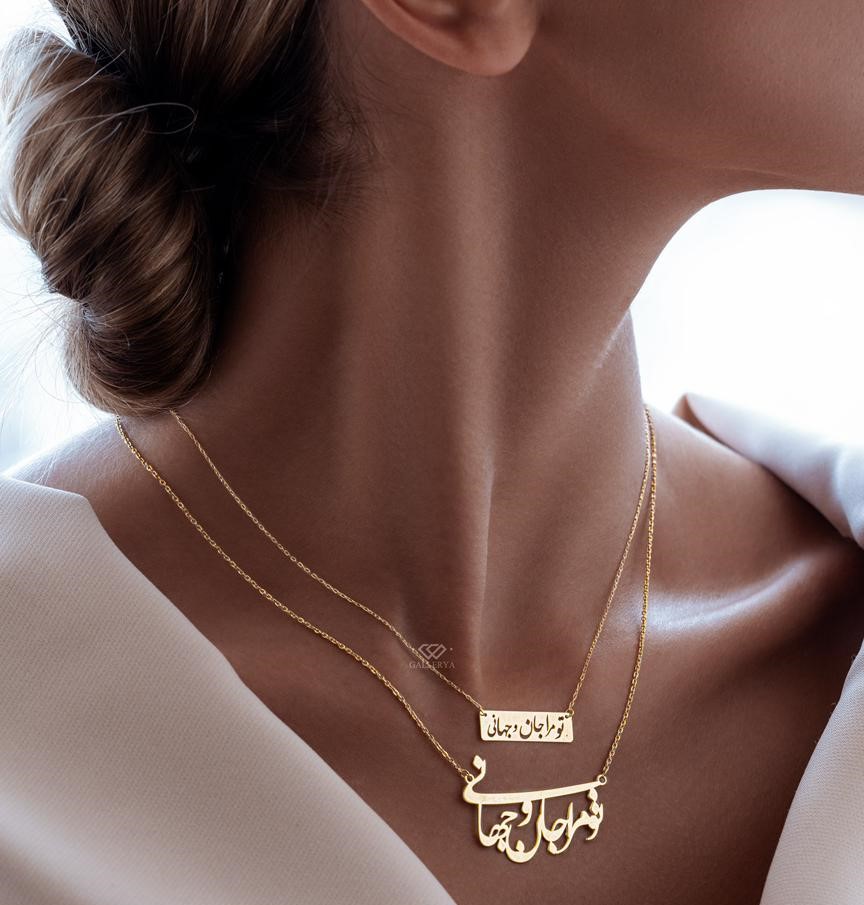
Rumi’s poem Gold necklace
The Engravers and Jewelers of Shiraz
Jewelry artisans in Shiraz are known for their ability to combine traditional Persian motifs with modern aesthetics. Their work often reflects the city’s literary and artistic heritage, with pieces that feature verses from Persian poetry or designs inspired by nature.
- Poetry-Inspired Jewelry: Artisans in Shiraz frequently incorporate calligraphy into their jewelry, engraving famous lines of poetry by Hafez or Rumi onto rings and pendants. This poetic jewelry is cherished for its cultural significance and is often given as gifts to mark special occasions.
- Floral and Garden Motifs: The jewelry of Shiraz often features floral patterns and gardens, reflecting the city’s renowned Persian gardens. These motifs are engraved onto bracelets, necklaces, and earrings, capturing the beauty and tranquility of Shiraz’s artistic tradition.
Craftsmanship and Legacy
The artisans of Shiraz have long been respected for their skill in metal engraving and calligraphy, ensuring that the city’s cultural and artistic legacy is preserved in every piece of jewelry they create.
4. Yazd: The Jewelers of Zoroastrian Tradition
The ancient city of Yazd, located in the heart of the desert, is known for its Zoroastrian heritage and is home to a unique tradition of jewelry making. The jewelry produced in Yazd often reflects the spiritual and symbolic meanings associated with Zoroastrianism, incorporating motifs such as the Faravahar (a Zoroastrian symbol of divine guidance) and fire (a symbol of purity and life).
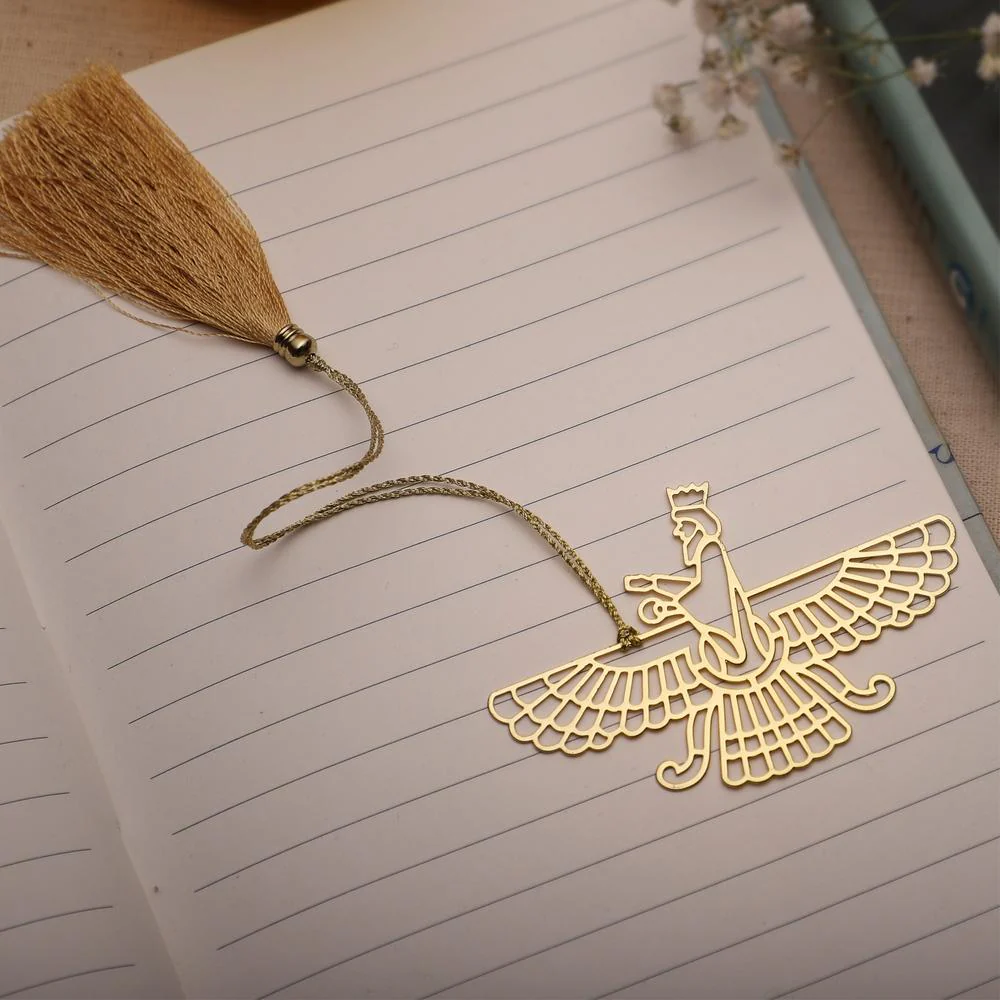
Faravahar
Zoroastrian Jewelry and Symbolism
Artisans in Yazd craft jewelry that carries deep spiritual meaning, often drawing on the symbols and values of the Zoroastrian faith. Rings, pendants, and bracelets frequently feature religious symbols, making them popular among those who wish to celebrate their Zoroastrian identity.
- Faravahar Jewelry: One of the most iconic symbols in Zoroastrianism, the Faravahar, is often featured in jewelry pieces created by Yazd’s artisans. This symbol is typically engraved or cast into pendants and rings, representing divine guidance and moral integrity.
- Fire and Sun Motifs: Other common motifs in Yazd’s jewelry include symbols of fire and the sun, which represent the Zoroastrian elements of purity and life force. These motifs are often featured in brooches, necklaces, and bracelets.
Preserving Spiritual Traditions
The artisans of Yazd play a crucial role in preserving the spiritual and cultural heritage of Zoroastrianism. By crafting jewelry that incorporates these ancient symbols, they ensure that the tradition continues to thrive in both religious and non-religious communities.
5. Khorasan: Gemstone Masters of the Northeast
In the Khorasan region of northeastern Iran, especially in the cities of Mashhad and Neyshabur, artisans are renowned for their mastery of gemstone cutting and setting. This region is famous for producing some of the world’s finest turquoise, which has been used in Persian jewelry for millennia.
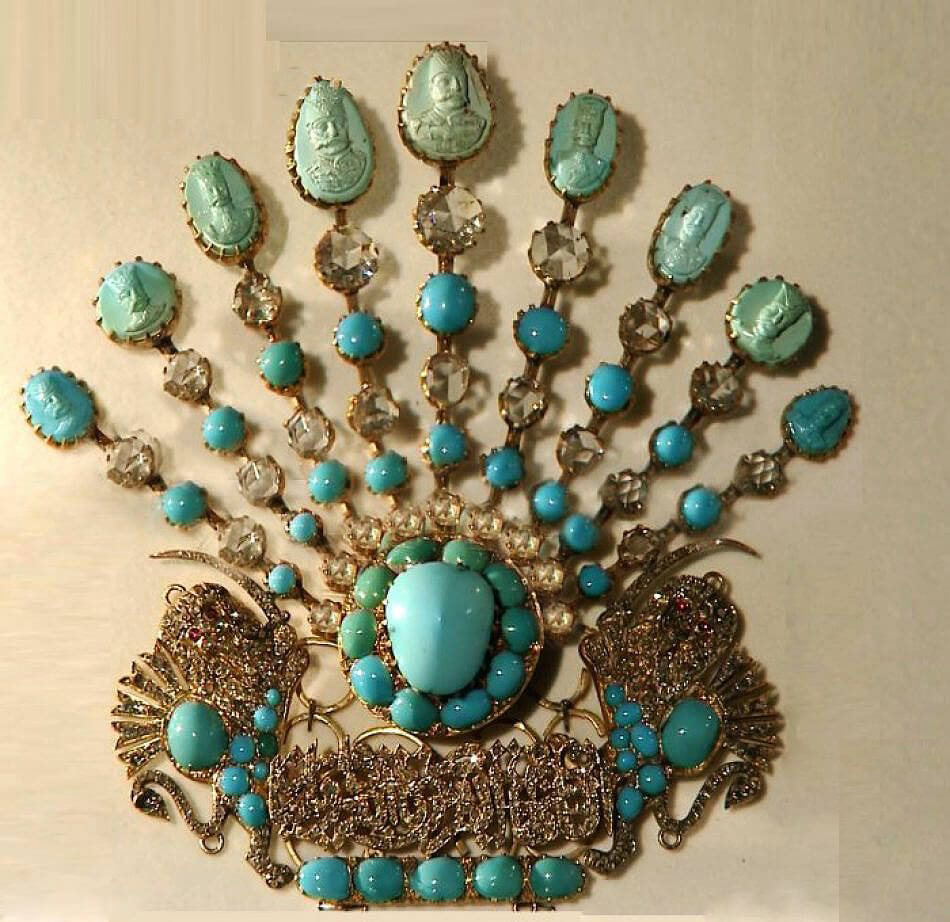
Turquoise – Iran Treasury of National Jewels
Turquoise Mining and Craftsmanship
The artisans of Neyshabur, home to the world’s oldest and most famous turquoise mines, specialize in working with turquoise stones to create stunning jewelry. These craftsmen are skilled in cutting, polishing, and setting the vibrant blue stones into rings, bracelets, and necklaces.
- Turquoise Jewelry: The jewelry of Khorasan is known for its use of Neyshabur turquoise, which is prized for its deep blue color and is believed to offer protection and good fortune. Artisans craft silver rings, bracelets, and pendants set with carefully polished turquoise stones, creating pieces that are both beautiful and meaningful.
- Gemstone Expertise: In addition to turquoise, the artisans of Khorasan work with other semi-precious stones like agate and onyx, which are also believed to carry protective and healing properties.
A Heritage of Gemstone Craftsmanship
The gemstone artisans of Khorasan have inherited their expertise through generations, continuing the tradition of crafting jewelry that celebrates both the natural beauty of Iranian stones and the region’s cultural heritage.
Conclusion: The Guardians of Persian Jewelry Craftsmanship
The artisan communities behind Iranian jewelry are the true guardians of the country’s cultural heritage and artistic traditions. From the Minakari artisans of Isfahan to the filigree masters of Tabriz, these skilled craftsmen and craftswomen play a vital role in preserving the ancient techniques and traditions that make Persian jewelry so unique and treasured.
At LetsGoYelo, we are proud to support and celebrate the work of these Iranian artisans by offering a curated selection of handcrafted jewelry that reflects the rich history and artistry of Persian craftsmanship. Explore our collection and discover how the timeless beauty of Iranian jewelry continues to thrive through the dedication of these talented artisans.


